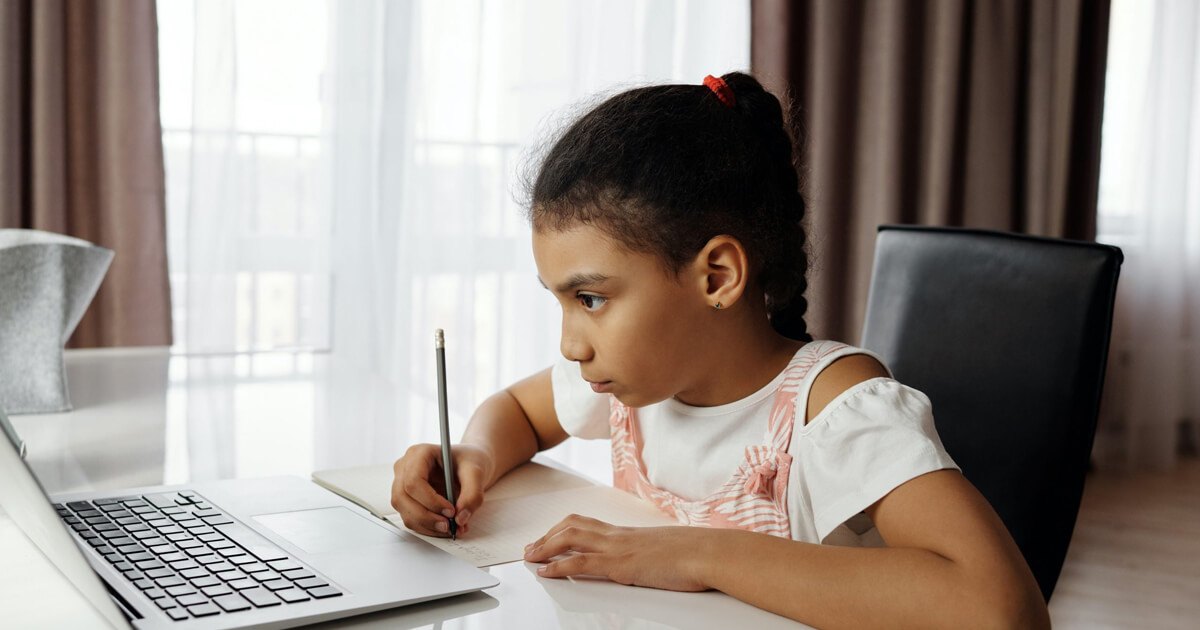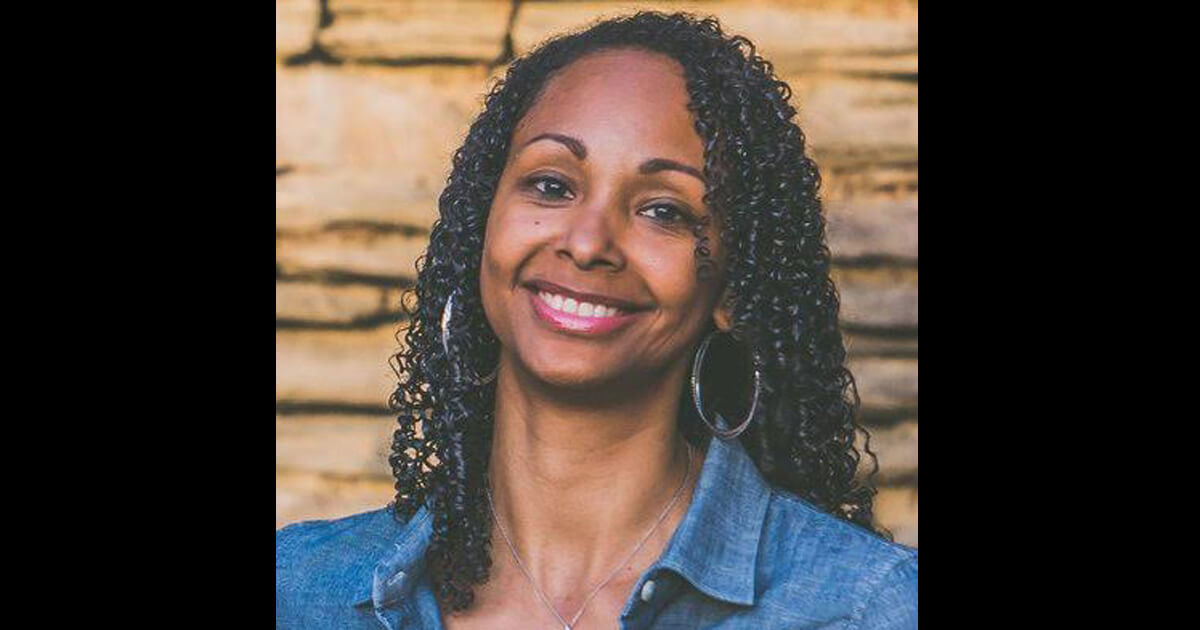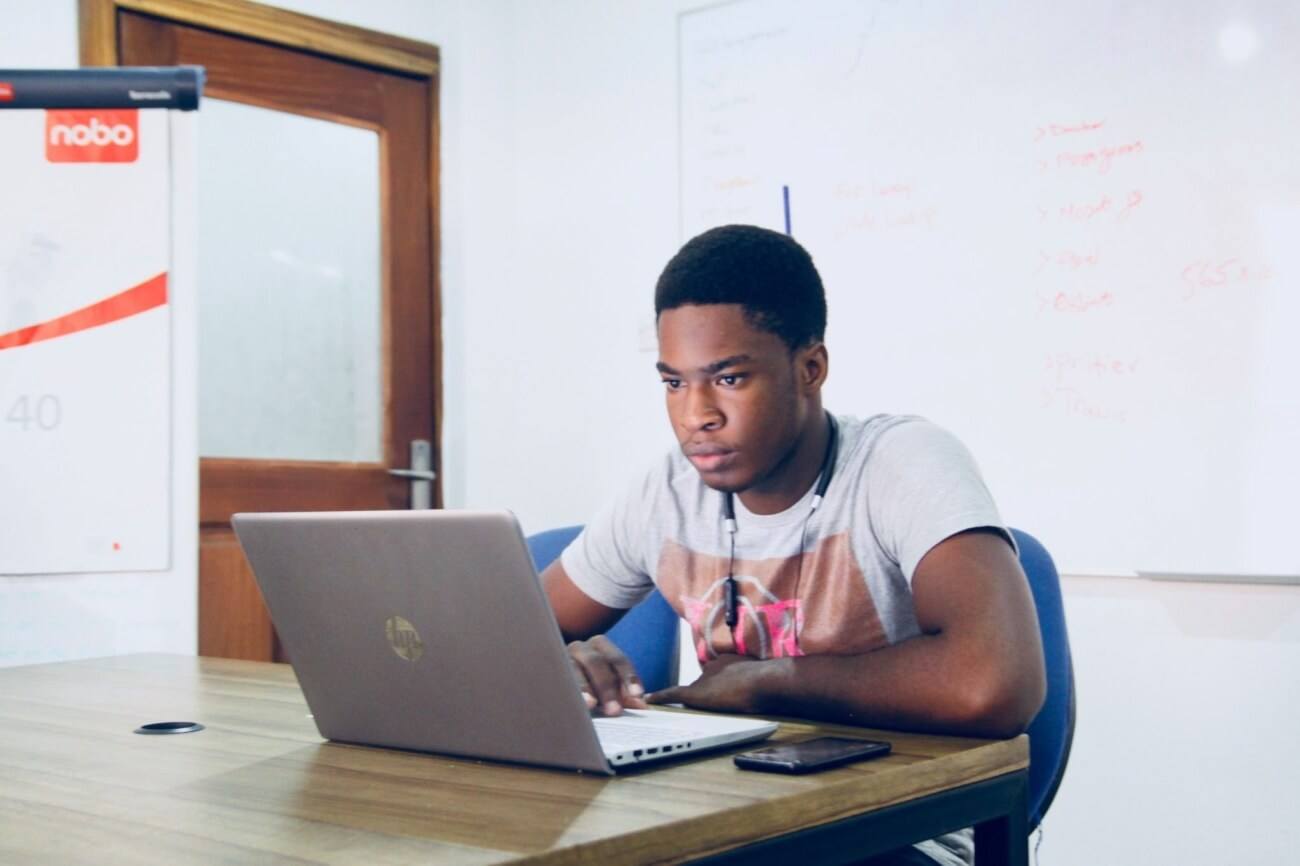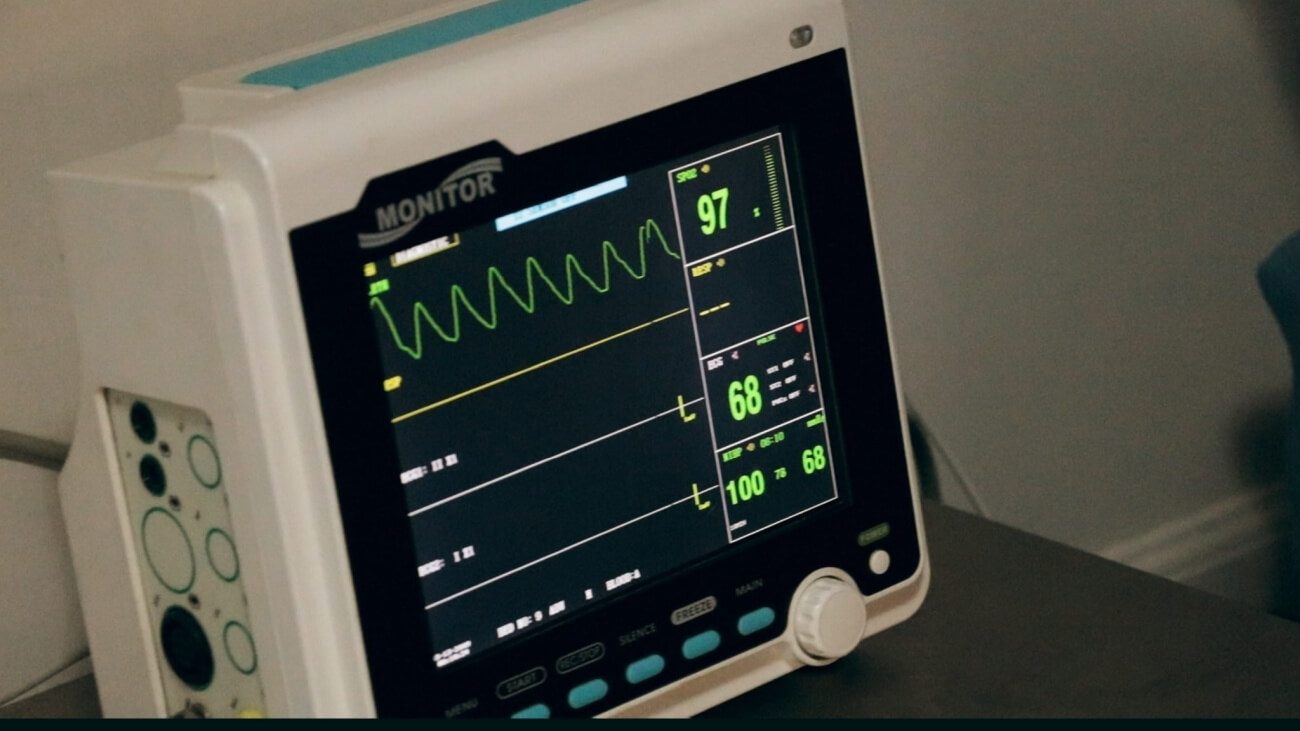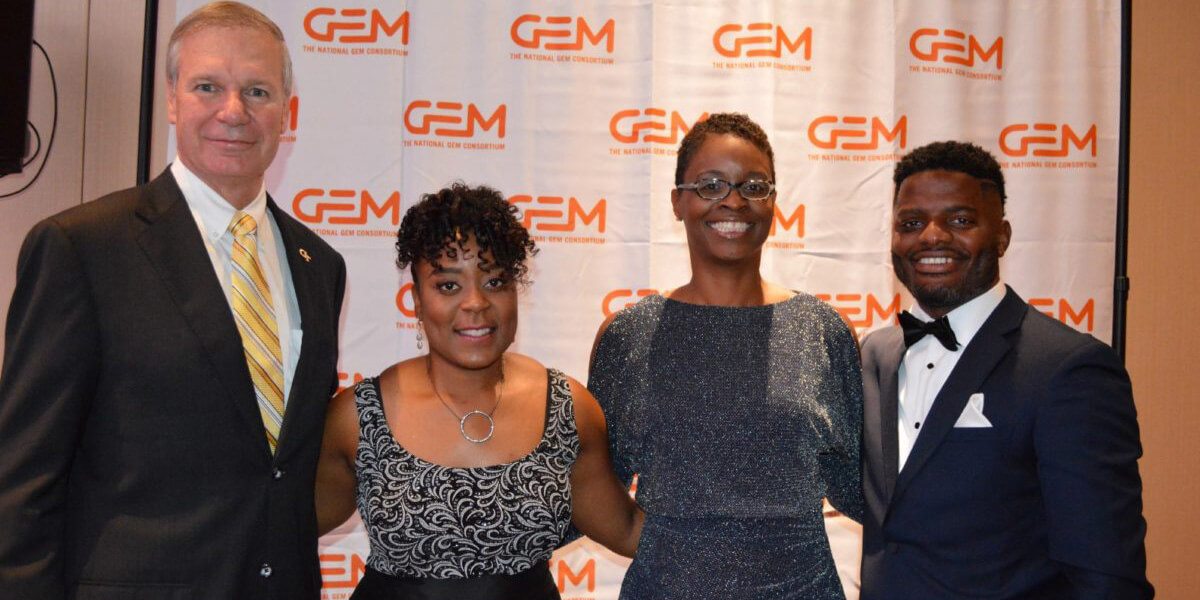When Covid-19 triggered a drastic transition for the entire U.S. education ecosystem, school systems were far from ready to pivot to e-learning. Communication infrastructure has been an acute issue in urban and rural areas for decades, but the virus exposed just how exacerbated the digital divide has become in American schools. Even ten months later, a plan on how to curb learning loss for students remains ambiguous as inefficient internet access plagues communities of color. A study released last April examined learning loss for Black and Latino students who typically experience summer learning loss, a phenomenon in which achievement levels decline at a greater rate for students of color than it does for white students during summer vacation, even after completing a standard full academic year. When factoring in early school closures and a late start to the academic year, educational setbacks were found to be even more severe, something researchers are referring to as the Covid-Slide.
This issue has been festering for a while and the pandemic has brought it to the forefront, Aaron Saunders, Founder & CEO of Clearly Innovative and Inclusive Innovation Incubator, told The Plug. Saunders and other tech entrepreneurs believed early on in the switch to virtual learning that the time out of the classroom would be an educational detriment to Black and Latino youth. Saunders, a 25-year tech veteran, has been on the frontlines pioneering grassroots initiatives with the ultimate goal of bridging the digital divide for entrepreneurs of color and expanding broadband connectivity in local areas. In partnership with Howard University and the Washington D.C.’s Mayor’s Office, Saunders launched Inclusive Innovation Incubator, an 8,000 sq. ft. co-working space dedicated to the mission of digital inclusion. Before the pandemic, kids had access to libraries and school computers. Now that’s gone, Saunders said.
It’s just unfortunate that it’s still extremely hard for people to wrap their head around of there being households where there’s just one computer, or their only internet access is through their cell phone. According to a progress report released last week by the Federal Communications Commission that tracks broadband usage, approximately 14.5 million Americans still lack high-speed internet access, the vast majority of whom live in rural and tribal areas. However, a study done by Broadband Now, an independent research firm, found that the number of Americans without access to the internet is over 42 million, more than double of what the FCC recently reported. Black students continue to be at a disadvantage for broadband usage and wireless capabilities. A 2018 study found that roughly 41 percent of Black students in rural neighborhoods lack internet connectivity compared with 26 percent of Latino students, and 13 percent of white students in similar communities.
Accessibility to the internet isn’t the only caveat: Even if broadband is available, 50 percent of non-broadband subscribers say that high costs are the reason for not having internet service, according to a Pew Research study. While billions have been invested to expedite broadband deployment, industry experts aren’t convinced that it is being implemented at a reasonable pace. When we talk about policy issues, the digital divide has been the bottom priority, Dr. Nicol Turner-Lee, senior fellow in Governance Studies and the Director of the Center for Technology Innovation at Brookings, told The Plug.
People who have been trying to mitigate this, like teachers, aren’t equipped with the appropriate tools to figure out how to close this gap, Turner-Lee said I think it has been an abject failure on the part of policymakers and the federal government to ensure that no child is left offline. Micro schools, pandemic pods, and private homeschooling are just a few alternative learning methods that parents and educators have turned to during this prolonged phase of virtual learning, a somewhat convenient privilege that experts say can be a catalyst to worsening education inequality.
The growing concern among educational professionals and parents about the achievement gap, compounded by the pandemic, has led a few companies to step up to assist marginalized communities. Last September T-Mobile launched a $10.7 billion dollar initiative aimed at closing the homework gap for students whose lack of internet access makes it difficult to complete their studies at home. Approximately one-third of the 55 million students in grades K-12 have no or inadequate internet. T-mobile’s goal is to turn that around by providing free internet access to 10 million students. Zoom, Dreambox, Microsoft, and Schoology are among the companies that have pledged to provide affordable or free services to financially strapped school districts.
The question that still remains is how companies are planning to account for this learning loss, and what are they going to do to get the students back on track, Saunders said. As the coronavirus pandemic continues to rage across the country, school systems have been overwhelmed with adjusting to e-learning. Constrained resources and lack of technical knowledge have been a hurdle not only for students but many teachers as well. Teachers are equally affected and we mistook the fact that, in theory, there were teachers who did not have the broadband access to teach their curriculum, Turner-Lee said. Even as some have adjusted to the reality of blended learning, nearly 80% of parents still think teachers are struggling with teaching online as they find themselves spending more time helping their kids with homework. Research has also found that teachers are less likely to use technology in the classroom if they aren’t confident in their skill set, or believe digital learning models would take too long for students to adapt to over traditional teaching approaches.
Sometimes it isn’t about being under-resourced, it’s just undereducated, Saunders said. There are just folks who aren’t tech-savvy and are now being thrust into this environment which creates an additional set of challenges. While goodwill efforts from companies have been recognized and commended, staying connected to the communities and fostering relationships with local organizations is how you start building a better bridge and better outcomes for our communities, Saunders said. The city of Detroit has the worst rate of internet access than any other major metro in America. With nearly 80% of the population being African American, COVID-19 has disproportionately impacted Blacked-owned businesses and communities. In recent years, the city has seen an infusion of private and VC investments from renowned investors such as Cleveland Cavaliers owner Dan Gilbert. Most recently, Apple announced a $100 million initiative to build an education center focused on advancing the next generation of Black developers and entrepreneurs.
The city is continuing to elevate itself as an incubator hub of growth for Black entrepreneurs who also work relentlessly on digital equity reform. The focus for us, both in the public and private sector is driving solutions, Dr. Ken Harris, President and CEO of the National Business League, told The Plug. There’s an extreme technological divide that exists and we still have a lot of work to build out broader capabilities to access wireless platforms that will be accessible to schools and businesses.
Learning loss has already taken its toll on Black and Latino students. With remote learning expected to be the new normal in American education for the foreseeable future, the urgency for equal access to the internet is now more important than ever. It’s an important concern that has to be elevated within the new administration, Turner-Lee said. The focus should be that we need to replace textbooks with tablets and ensure that K-12 students have hotspots in their backpacks because that’s the wave of the future.

